Winter 2021
Winter Bloom
How Jim Nuccio ’72 Maintains an 85-Year-Old Family Flower Legacy
- Story by Liz Ohanesian
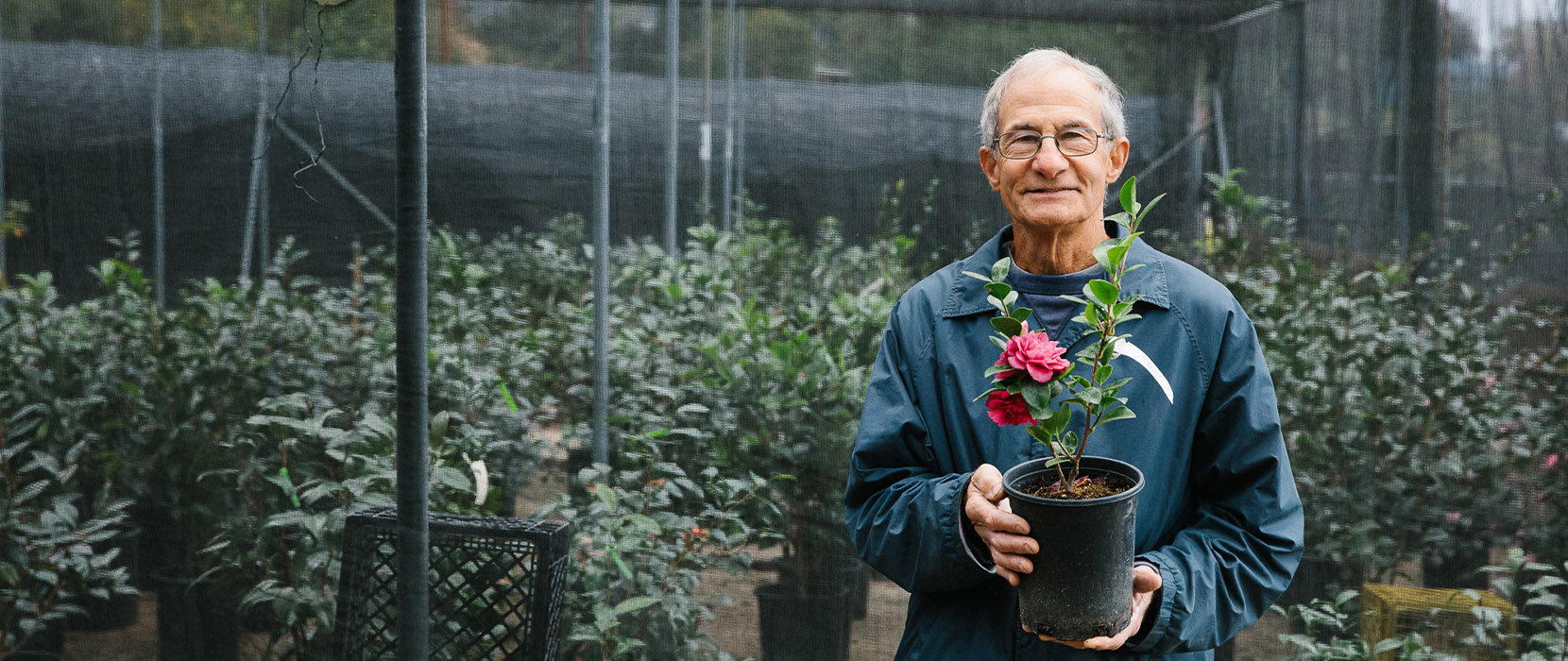
Photos by Stella Kalinina
ON A SUNDAY morning in early November, the Yuletides bloom inside Nuccio’s Nursery, their bright pink-orange petals open to reveal large, yellow stamens. The eye-catching camellia, now a fairly common variety, was developed here in the foothills of Southern California’s San Gabriel Mountains back in 1963.
Elsewhere amidst a sea of green leaves, a purple azalea called Nuccio’s Happy Days enjoys a fall bloom that comes with warmer weather. A large, pink flower known as Joe Nuccio’s Camellia and a camellia with layers of pristine white petals called Junior Prom, both of which are fairly uncommon varieties, have appeared ahead of schedule. These are amongst several hundred varieties of camellias and azaleas that have been developed by the family-run nursery. The biggest seller, though, isn’t one they introduced. It’s not a flower with vivid colors or a particularly striking shape. It’s the camellia sinensis, colloquially known as a tea plant.
“When you’re drinking tea, you’re drinking this,” says Jim Nuccio ’72, co-owner of the 85-year-old nursery. It’s a remarkably plain plant with small white flowers, but it’s also highly in demand. The nursery sells hundreds at a time. Nuccio himself delivered 90 to a winery in Santa Rosa. A customer in Redding ordered 150.
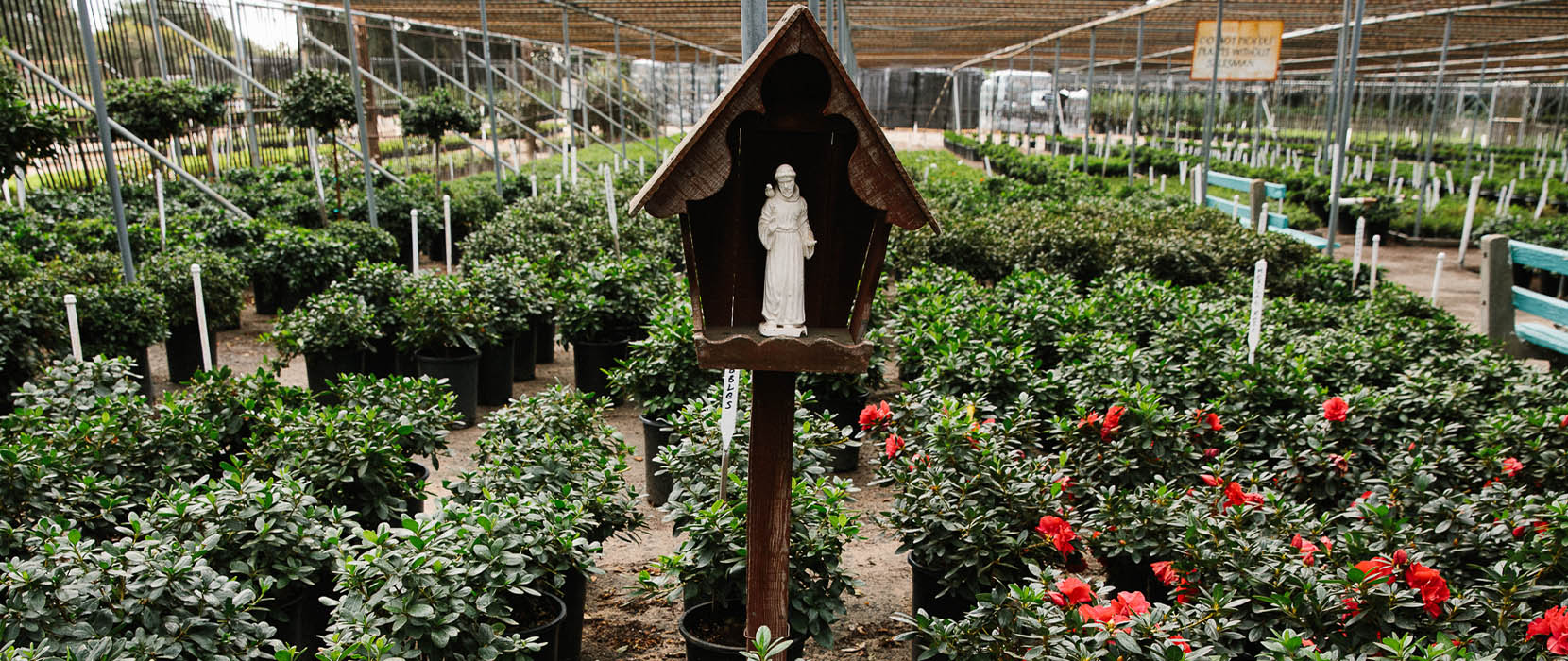
Another customer in Bakersfield purchased 200. Shoppers drop into the nursery and walk out with three or four tea plants at a time.
Nuccio’s Nursery began with Jim Nuccio’s father, Julius, and his uncle Joe in 1935 out of a backyard in the Los Angeles suburb of Alhambra. A little more than a decade later, they moved the nursery to Altadena, a small, unincorporated community less than 15 miles from downtown L.A.
Nuccio grew up in Altadena, not too far away from the nursery where he spent high school and college summers working. As a high school student, he played football and basketball and ran track. It was running, though, that garnered him a partial scholarship at University of Portland, where he studied history. After college, Nuccio was drafted and stationed in San Francisco. He stayed there for a few more years until he and his wife, Judy O’Connor Nuccio, who also attended University of Portland, moved to Southern California, and Jim entered the family business.
Today, Jim runs the day-to-day with his brother, Tom. (Their cousin, who handled operations with them, died earlier in 2020.) Nuccio’s is an award-winning nursery renowned for an ample selection of camellias and azaleas.
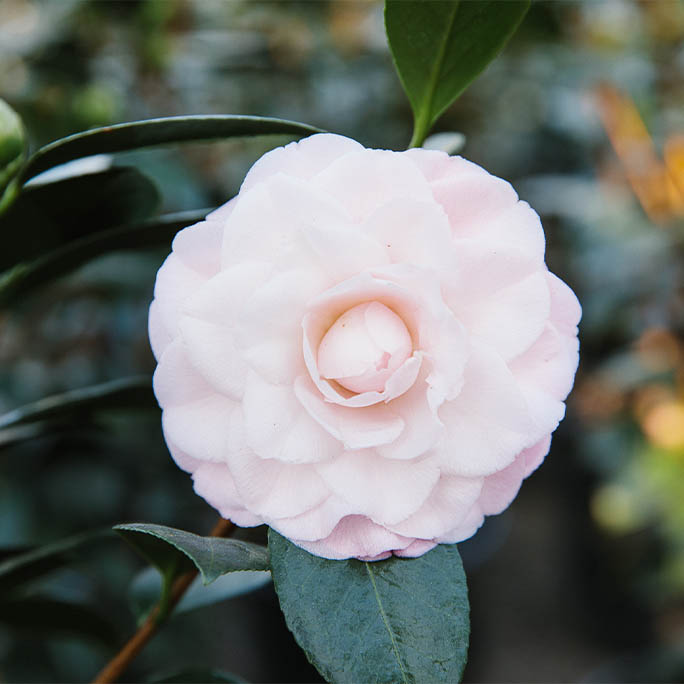
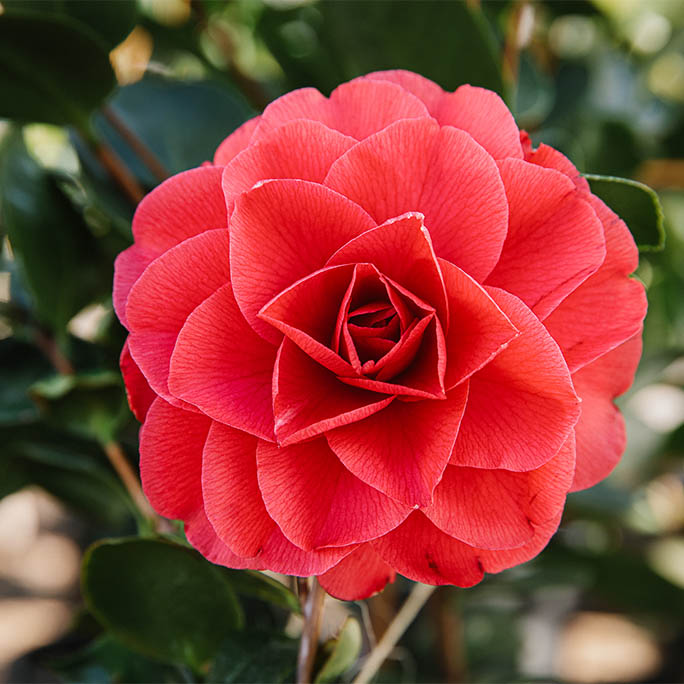
Even after cutting back on their stock, the nursery’s catalog hosts about 500 different varieties of camellias and a little under 400 different types of azaleas.
As for Nuccio’s own favorites, he’s partial to Nuccio’s Pearl, with its layers of pink-tipped white petals, and the deep red Julius Nuccio’s Camellia. He’s also a fan of High Fragrance, which was developed by a hybridizer in New Zealand and is one of the few scented camellias.
Maintaining a successful nursery is a fine balance between catering to the tastes of flower enthusiasts and the more standard needs of landscapers. “You have to grow the unusual varieties for people to drive up here,” says Nuccio. The same can be said for mail order, which makes up about 10 percent of their business. “We have to grow unusual things for mail order, but the generic varieties, the ones that you can buy at any nursery, are the ones that we sell the most of here.”
About 150 varieties of camellias, and an equal amount of azalea varieties, have been developed by Nuccio’s Nursery. These include a handful of varieties, like Nuccio’s Gem, that have become popular in the flower world. They also hold patents for two varieties, Nuccio’s Bella Rosa and Julius Nuccio’s Camellia.
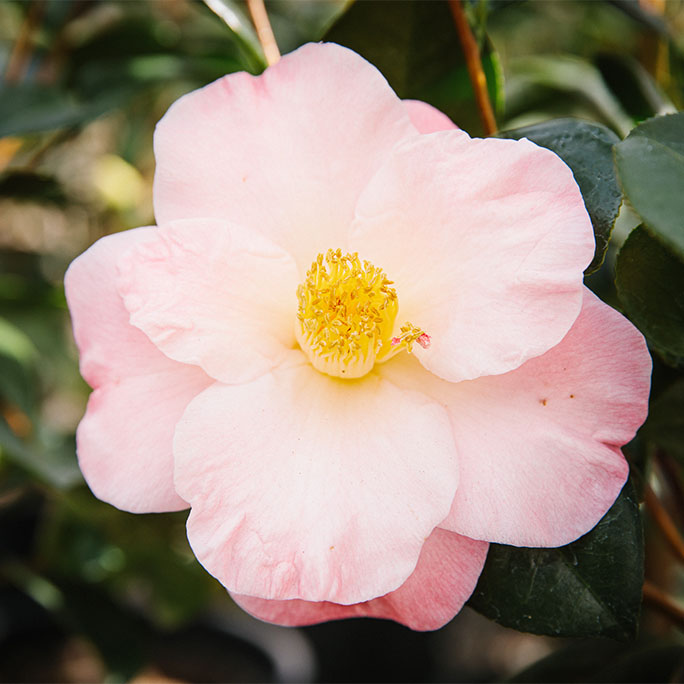
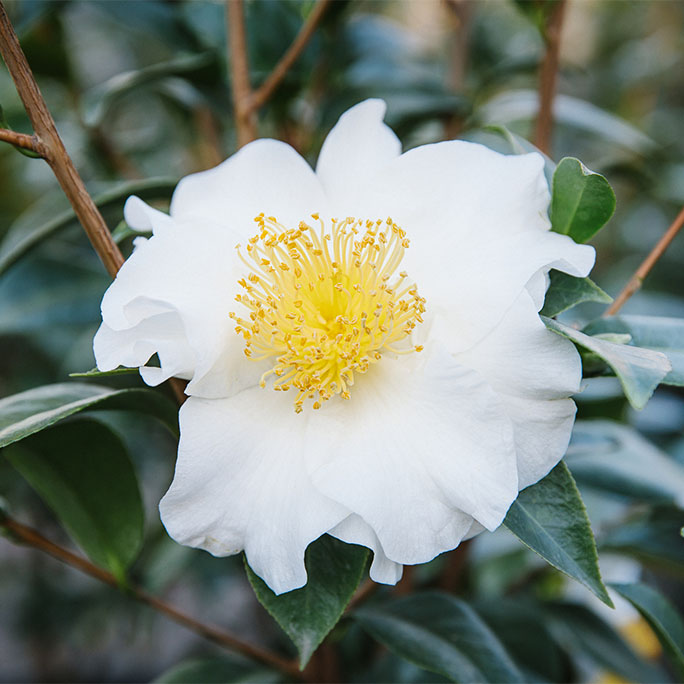
Developing new varieties, or cultivars, of flowers is an inexact science. “Two and two doesn’t equal four,” says Nuccio. You can have an idea of what you want, but whether or not you get it is dependent on other factors, like what the bees feel like cross-pollinating. In fact, the parentage of some of the hybrids at Nuccio’s Nursery is murky for that reason. It’s also a lengthy process, taking about ten years to the point where a cultivar can be registered.
Since 1945, American Camellia Society has been registering cultivars of the flower. They aren’t the only organization that does this, but they were the first and have amassed listings for thousands of different camellias. In order to register a cultivar, a grower would have to show that it’s unique. “They have to either find a mutation that they can propagate or start one from seed that ends up being significantly different,” says William Khoury, superintendent of gardens for American Camellia Society, by phone from Fort Valley, Georgia. But, the grower also has to show that this unique variation of the camellia can be repeated. To do that, it has to bloom for at least four years. Then, a grower can apply to register it.
Landscapers tend to go for the most common varieties, Nuccio says. Customers shopping for their own homes might pick out a more unusual flower if they see it in bloom while they’re browsing in person. Part of a variety’s popularity is based on when it blooms. Since the nursery tends to get the most drop-in customers in the spring, varieties that bloom in that window of time attract the most eyes. Even a gorgeous flower might not catch as much attention if it blooms outside of that season.
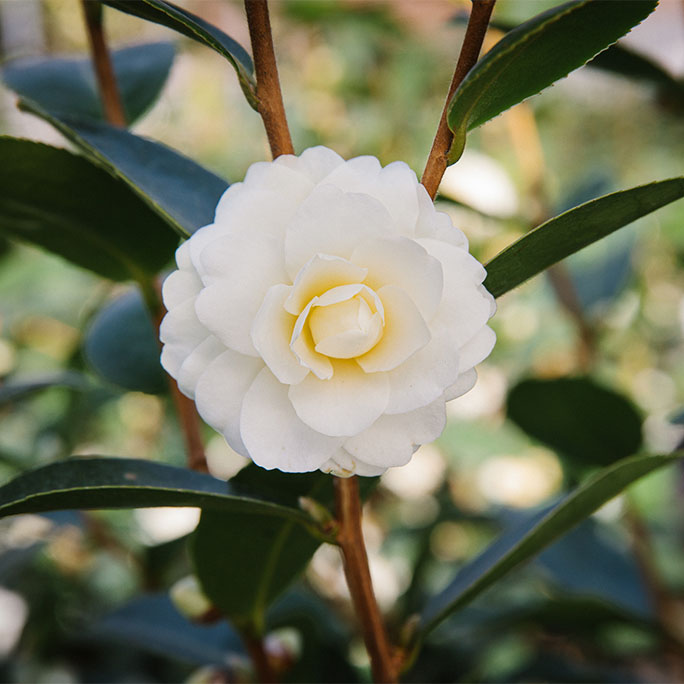
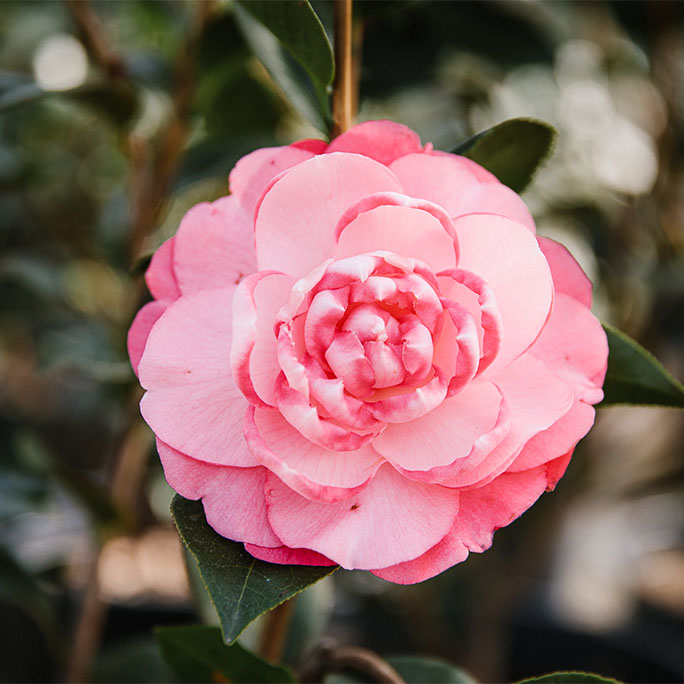
Business has been good lately. A rainy spring meant slower sales in what’s usually the nursery’s busiest season. In a normal year, that’s not something they would have been able to make up during summer. However, 2020 was not a normal year and, like so much of the gardening and home improvement industry, Nuccio’s Nursery benefited from the glut of people working on their yards during the summer of the COVID-19 pandemic.
Their customers are varied. They’ve provided the flowers for a Japanese garden in Portland and an azalea festival in Southern California. Mail-order customers come from across the US, but they see the most business from people in the Carolinas, Georgia, and Florida. They have customers who stop in while visiting Los Angeles, and Nuccio regularly drives up to Northern California to make deliveries.
Every day at around 5 a.m., Nuccio arrives at the nursery. Once it’s light, he’ll check to see which plants need to be watered. He might do some pruning or replanting, various tasks to make space in a nursery that sells a lot of plants.
If it’s still dark, though, there won’t be that much for him to do, save for drinking a cup of coffee while catching up on paperwork. They don’t use computers at the nursery.
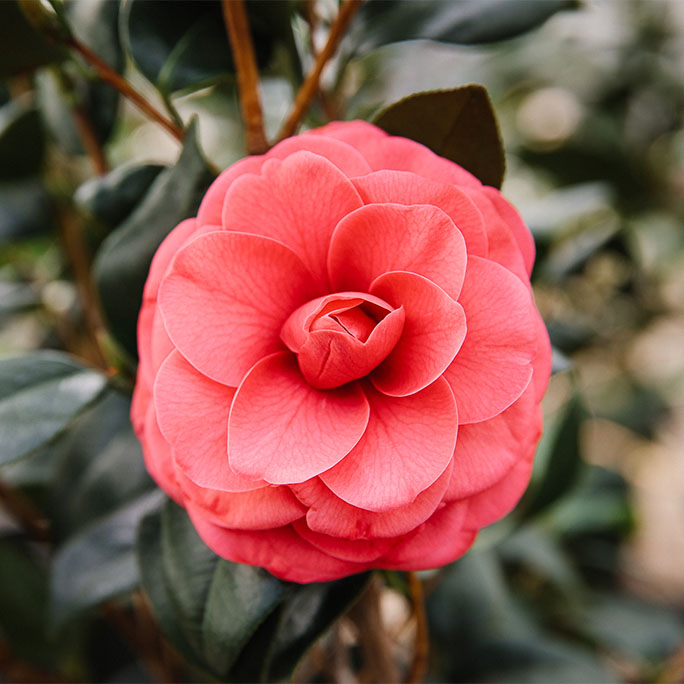
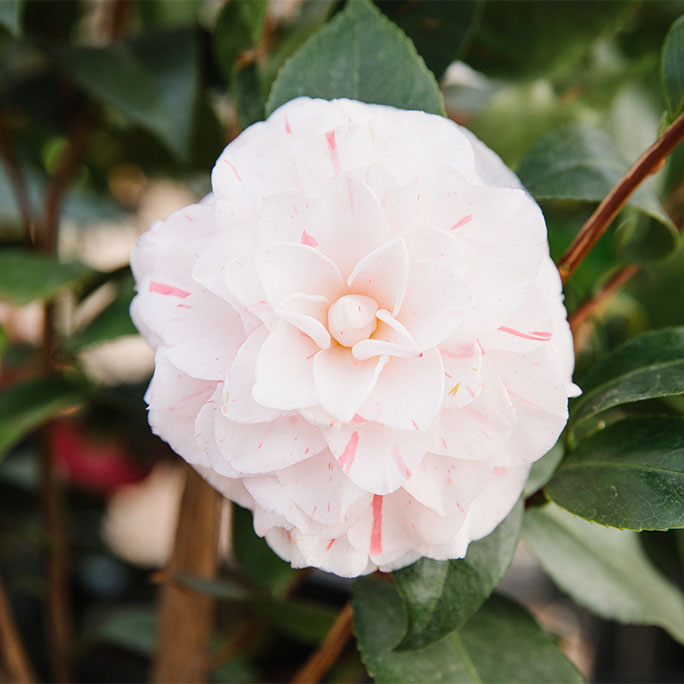
“Some people come in, and they almost find it refreshing that we’re kind of old-fashioned, but it hasn’t hurt us. We’re old-fashioned, but things still work,” Nuccio says when we follow up by phone a couple weeks later. “You can still produce a product, despite a lack of technology.” In fact, he adds, a lot of the work isn’t reliant on technology. “There’s no app on your phone to transplant an azalea.”
While the nursery does have a website, you’ll have to call or drop by during business hours to buy something. “I think it’s nice to talk to people,” says Nuccio, adding that he can explain what a customer is ordering and how shipping charges will work. They only accept payment by cash or check, and Nuccio and his brother still take care of the books by hand.
It’s a lot of work, but Nuccio enjoys the independence that comes with the business and the physical, outdoor labor. He says, “There’s never been a dull moment because there’s always work to do.”
LIZ OHANESIAN is a Los Angeles-based freelance journalist. Her work has appeared in Los Angeles Magazine, Shondaland, and a number of other outlets